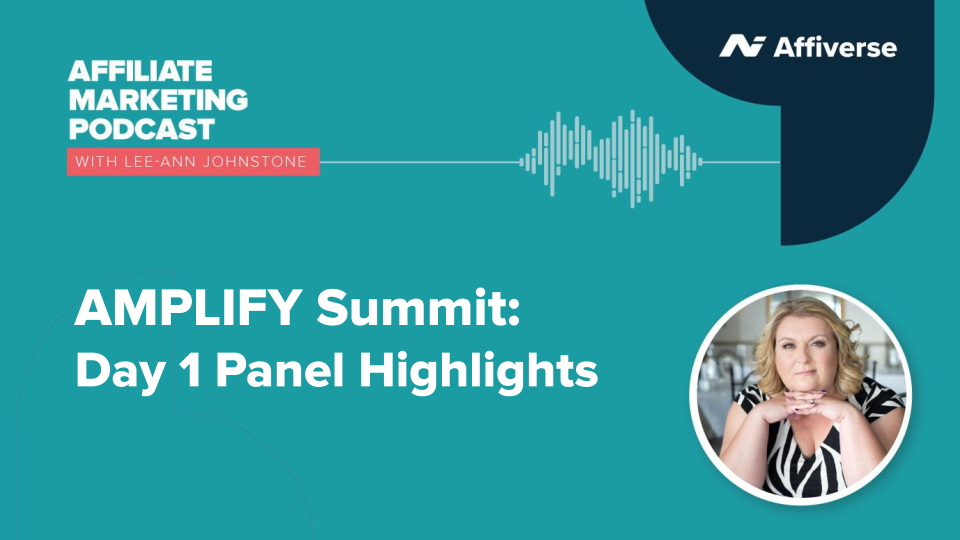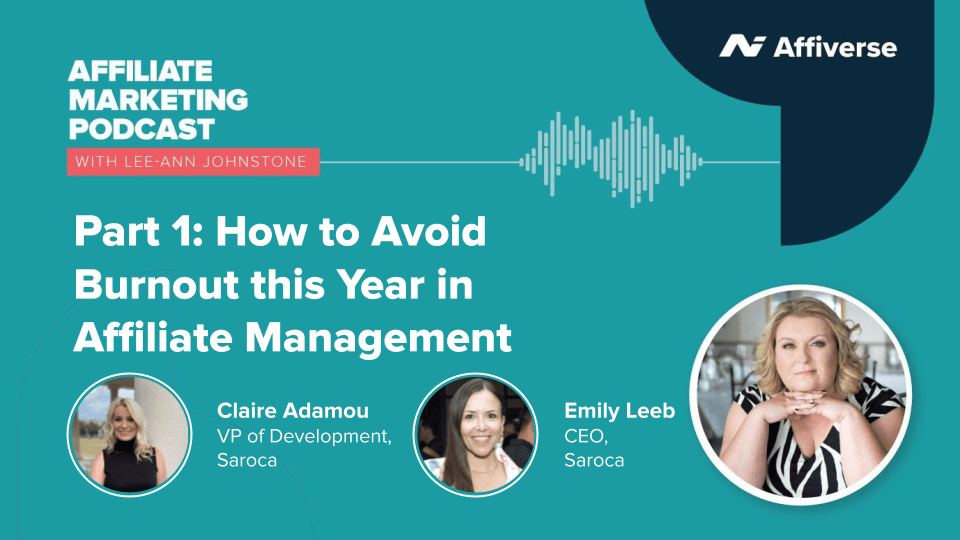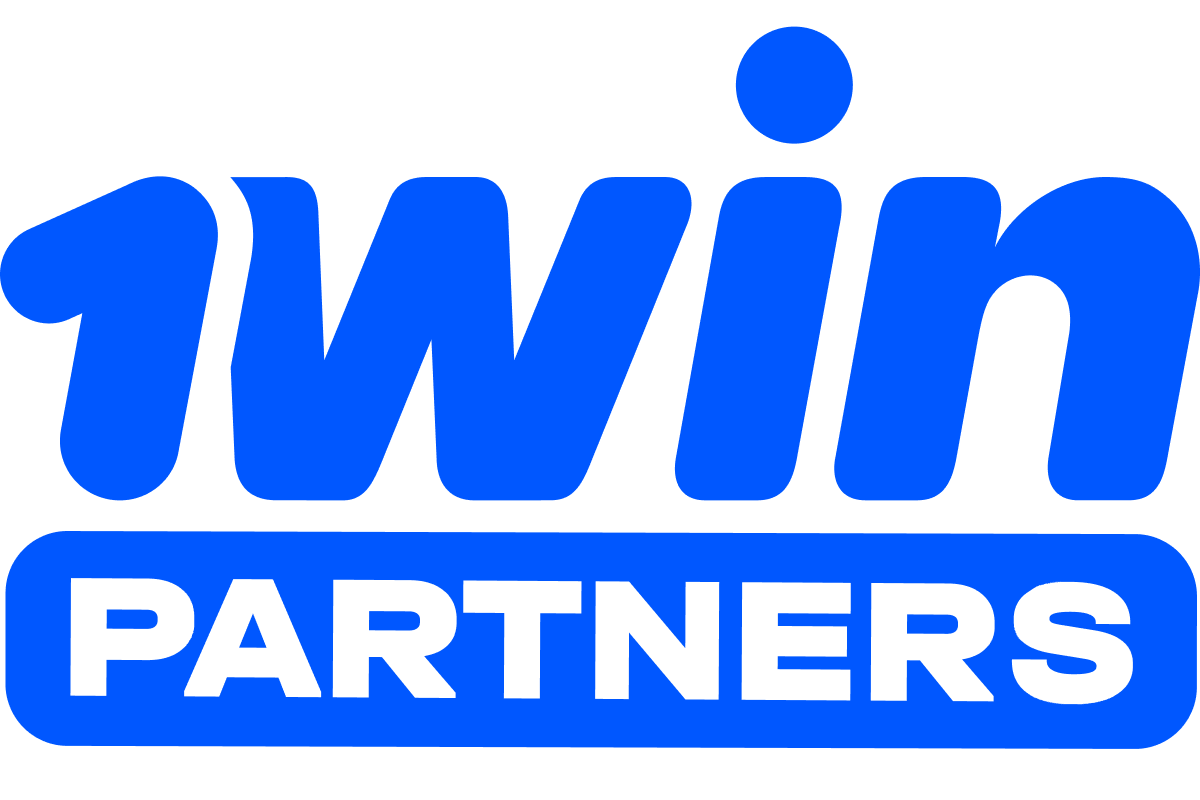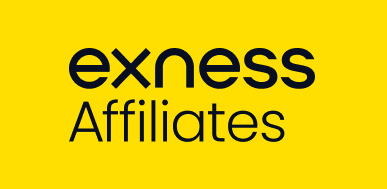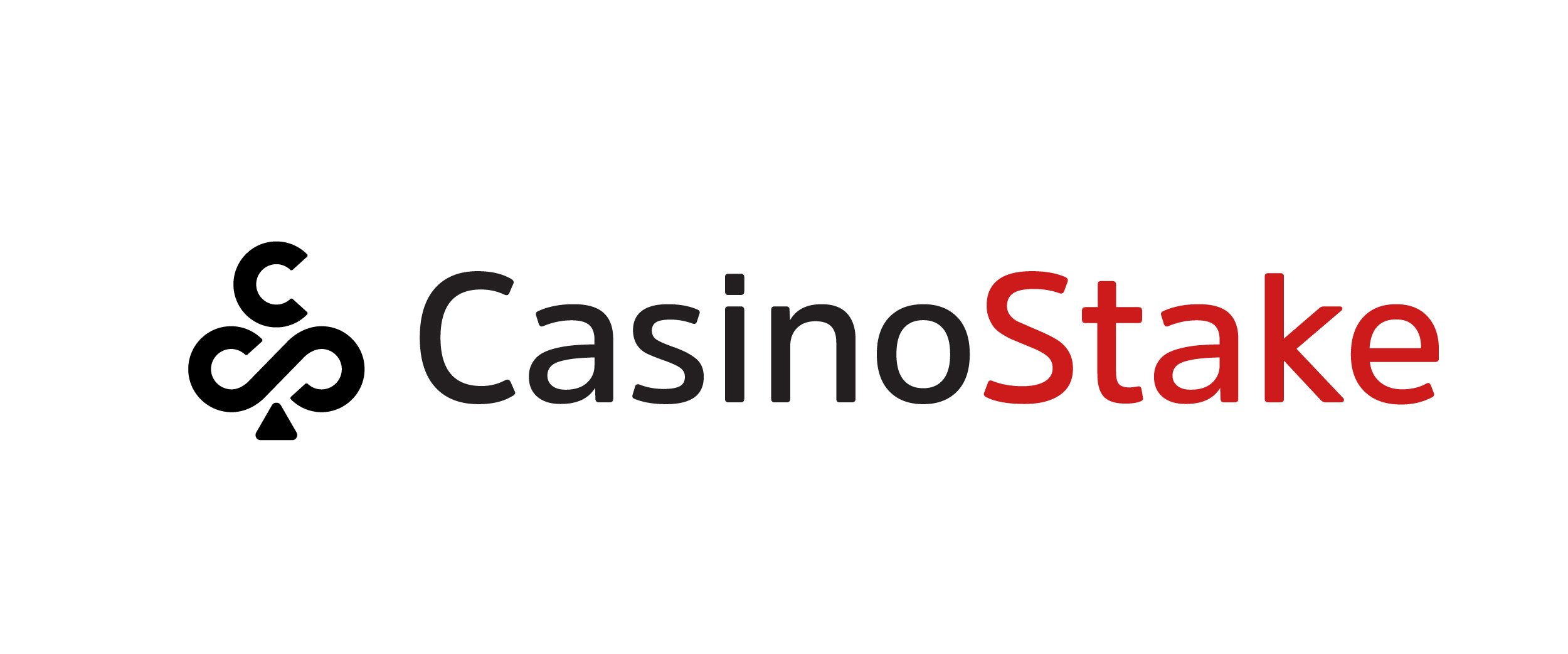There is a rumour floating around the interwebs that Twitch, the popular (arguably not popular enough) live-streaming platform is in trouble. Theories are circulating that Twitch is making too many bad moves to stay afloat, and much like Twitter, isn’t making enough money.
So, how does Twitch make money? It’s summed up as four revenue streams:
- Subscribers paying $5 a month for an ad-free experience
- In-app purchases, including a digital currency called Bits
- Partnerships with brands and sponsors
- Advertising
Despite claiming an increase from $2.68 billion in revenue in 2021 to $2.8 billion in 2022, there are no figures on how much of that is profit, and there are a lot of other indicators that point to Twitch struggling.
So, what are these indicators? And how will this affect social media marketers? We explore.
Losing subscribers – due to advertising?
A factor, more than the money, that is really scaring the company is its sum total of subscribers. Twitch peaked in subscribers in April 2021 at 3.1 million, and as of December 2022, that number has dipped steadily to 2.2 million.
That’s roughly a third of its userbase gone, and if you ask users, they’ll tell you they much prefer Twitch when compared to competitors like YouTube, which has a chat that’s hard to follow and a harder process to donate. But something’s making them run from the site.
One theory is the ad system, which makes Twitch feel like cable television: live, therefore no control over when you can watch, and full of unskippable ads. Users used to be able to schedule in ads to their timeline and spread them out, but since the Ads Incentive Program launch in late 2022, Twitch users have seen a lot of ads clumped together, interrupting streams, with no means of pausing, for up to 8-10 minutes of ads an hour, consecutively. Much like TV, users are simply not paying attention, getting a drink or running to the loo, getting irritated, but unlike TV, the show goes on without them, with no means of rewinding. This has caused an equal 7.1% dip in average viewers and average hours watched on the site since 2021 and down again in 2023 by 5.4%.
There is such a thing as overexposure and modern viewers can still tolerate an ad or two. Compare how many users there are on YouTube with how many are paying for YouTube Premium, an ad-free option, to see for yourself. Ten minutes of consecutive ads are going to take the users back to a time they are paying not to return to.
Very limited marketing opportunities
Twitch has very limited marketing opportunities when compared to other social media platforms, and this is because it has less behavioural data to work with. When you are on Instagram or Facebook for example, the things you are searching for within the platform will naturally show up and will inform a profile of who you are to quite a scary extent. They can figure out your age, location, lifestyle and more.
On the other hand, Twitch only knows that you are a person who likes this subscriber because all you’ve done is open the platform and chosen something to watch. To counteract this, their brand deals are with very generalised items looking to appeal to the average gamer: Doritos, Monster, Nike, car brands, etc. But with a diverse audience and diverse creators on the platform, this means female creators baking a cake will do so with a men’s shaving tool being advertised the entire time. It’s not targeted in the least which isn’t good for the user or the marketers.
Are there any other options?
There are in fact two competitors of note to Twitch: YouTube and Kick. YouTube is the old money threat that has simply added live streaming to its platform. It makes sense, since it already has video on demand and Shorts, making it a one-stop shop for the all-rounder creator. It also has seen business practices focussed on caring for the creator. Its Creator Fund isn’t ideal, but it is also the best of the bunch and far better for smaller creators when compared to Twitch.
That said, Kick recently hit the headlines for acquiring an exclusive deal with the controversial, but no doubt popular, Adin Ross for over $30,000. Kick is designed to look and feel like Twitch in almost every way, but its important distinction is that they have much more lenient guidelines which means (thus far) no one has been banned for something ridiculous like wearing gym clothes and being told it was considered lingerie. This is something Twitch is known for doing regularly if they offer a reason at all.
Twitch might need to do some heavy refurbishments to their business practices at this rate, because between falling subscriber rates and little targeted advertising, their number one priority, marketers, really don’t have a reason to stick around either.
If you are interested in more affiliate and social media marketing insights, take a look at our blog for all the latest news and advice. Or for a more personalised approach, book a free call with a member of our team.
Or, for the very best advice from industry peers, register to join us for our ELEVATE Summit in July. Elevate aims to bring you the latest affiliate, performance, and partner marketing insights from across the globe and it’s all available to stream from our website.




